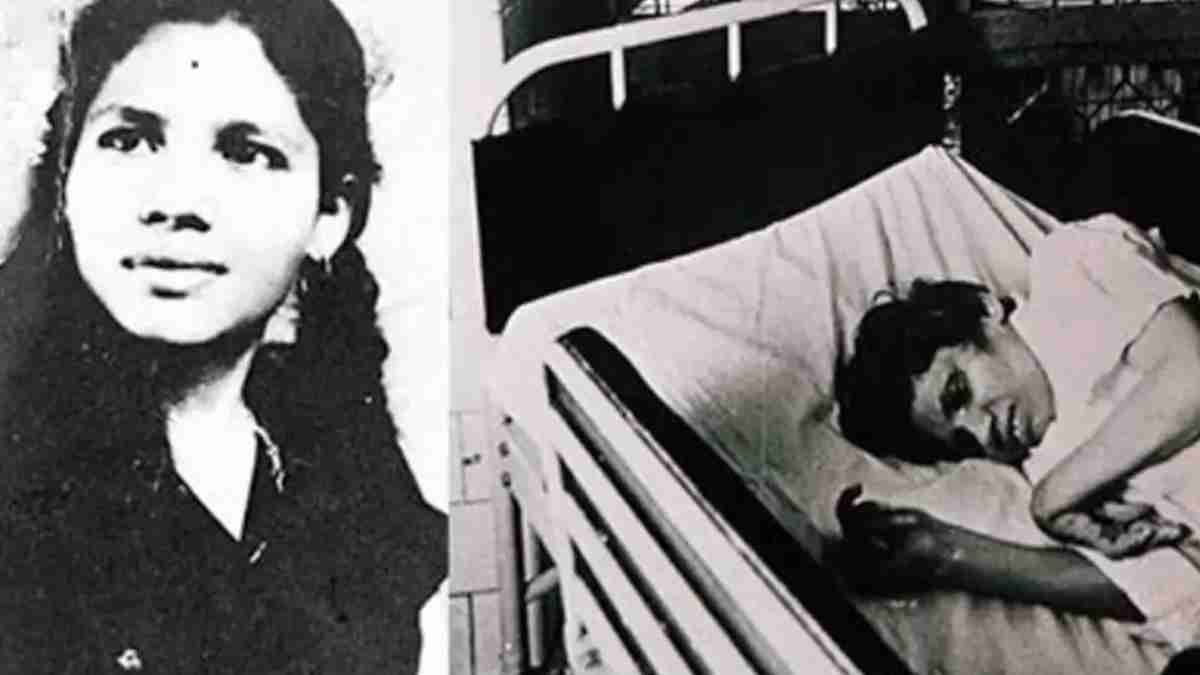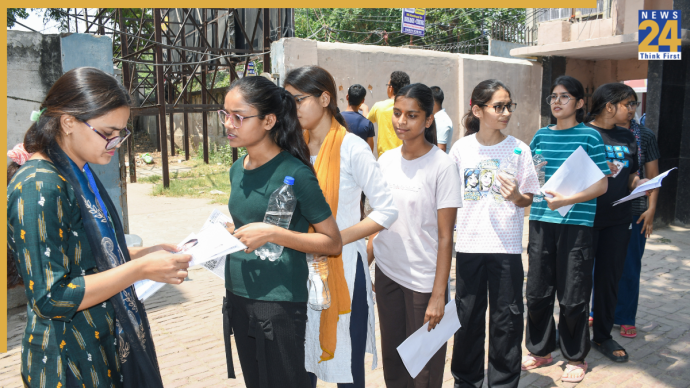During the hearing of the Kolkata doctor’s rape-murder case, Chief Justice of India DY Chandrachud invoked the 1973 Aruna Shanbaug incident to illustrate the history of brutal attacks on women medical professionals. He stressed that deep-rooted patriarchal biases make women doctors more vulnerable, and as more women enter the workforce, the country cannot afford to wait for further incidents of rape and violence before implementing significant changes.
The Aruna Shanbaug Case: A Tragic Legacy
Aruna Shanbaug, a 25-year-old nurse at KEM Hospital in Mumbai, was brutally assaulted on November 27, 1973, by ward attendant Sohanlal Bharta Valmiki. After the assault, Valmiki strangled her with a dog chain, causing severe brain damage that left her in a persistent vegetative state (PVS) for 42 years until her death in 2015. The attack paralyzed Aruna, leaving her reliant on hospital staff for survival.
Legal Battle Over Euthanasia
The Aruna Shanbaug case became central to India’s euthanasia debate when journalist Pinki Virani filed a petition in 2011, seeking permission to allow Aruna to die with dignity. While the Supreme Court rejected active euthanasia, it allowed the possibility of passive euthanasia, marking a crucial step in Indian legal history regarding the right to die.
Also Read: ‘Don’t Distract…’, Rahul Gandhi Refuses To Comment On Kolkata Rape-Murder, BJP Responds
Aftermath and Aruna’s Death
Aruna passed away on May 18, 2015, after contracting pneumonia. Her assailant, Valmiki, was convicted of robbery and attempted murder, as “sodomy” was not considered rape under Indian law at the time. He served only seven years and was released in 1980, sparking debates about justice and legal reforms.
The reference to the Aruna Shanbaug case serves as a reminder of the systemic issues surrounding the safety of women in the medical profession and the need for urgent reforms.
Also Read: Post-Rain Flooding: Hyderabad Man Rescued As He Was Being Swept Away












